Distance Shots
1 . Extreme long shot
The Extreme long is a shot taken from a distance but has really good quality. They are used in the start and ends of movies, news tapes.
 |
| Extreme Long Shot http://mclarkemedia.files.wordpress.com/2010/10/extreme_long_shot.jpg |
2. Long Shot
A Long Shot is a shot of someone who is "Life Size". The shot includes a full body shot of the subject.
 |
| Long Shot http://www.la-story.com/upload/2008/02/van_cleef_arpel_scores_a_hit_with_jennifer_garners/jennifer-garner-long-shot.jpg |
3. Medium Shot
A medium shot is a shot from the waist up showing the upper half of the body or subject. There is also another variation of this shot which is the "Over The Shoulder The Shot" which positions the camera behind one subject in the scene to reveal another person or subject and showing the subject or persons shoulder and head (if its a human).
 |
| Medium shot http://hollywoodandfine.com/reviews/wp-content/uploads/2011/01/kaboom.jpg |
4. Close up
A close up is a shot of somebody or something meaning just their head (for a person and animal) or one specific part of it (inanimate object).
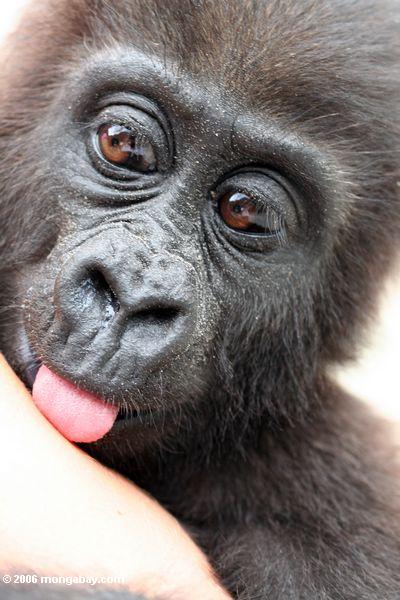 |
| Close up http://www.mongabay.com/images/gabon/600/gabon_1577.JPG |
5. Extreme Close-Up
An Extreme close up is a really close shot to what you are shooting. i.e. If you were shooting someone talking, an extreme close up shot would be of their mouth moving as they talked.
 |
| Extreme Close Up http://www.visualphotos.com/photo/2x3514184/young_mans_eye_extreme_close-up_faa019000234.jpg |
Camera Angles
1. The Bird's-Eye view
The Birds Eye View shot is a over head shot. ie. Filming a busy street from above, only seeing peoples heads.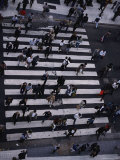 |
| Birds eye view shot of busy crosswalk http://cache2.allpostersimages.com/p/MED/28/2878/KY1PD00Z/posters/birds-eye-view-of-a-busy-crosswalk-on-a-buenos-aires-street.jpg |
2. High Angle
A High angle is when the camera is up high (normally off the ground) shooting the subject below it.
 |
| High Angle Shot http://www.bbc.co.uk/devon/content/images/2007/05/21/wembley_high_angle_465x349.jpg |
3. Eye Level
An Eye level shot is considered a neutral shot. It is when the camera is as if it is a bystander, watching the scene.
 |
| Eye Level http://www.hp.com/canada/portal/hho/digital_photography/take_better_photos/tips/images/tbpb_1_275.jpg |
4. Low Angle
A Low angle is when the camera is below a subject and is shooting up like in action movies or thrillers. It can also be used to make someone or something look extremely tall.
| Low angle http://www.vagabondish.com/wp-content/uploads/eiffel-tower-low-angle.jpg |
5. Oblique/Canted Angle
A Canted or Oblique angle is when the angle is tilted one way or not balanced. This shot can be used to show someone who is unbalanced. ie. in a circus movie, they could shoot someone as they were on a tight rope and as they wobbled from side to side, the camera could tilt from side to side, following the subject.
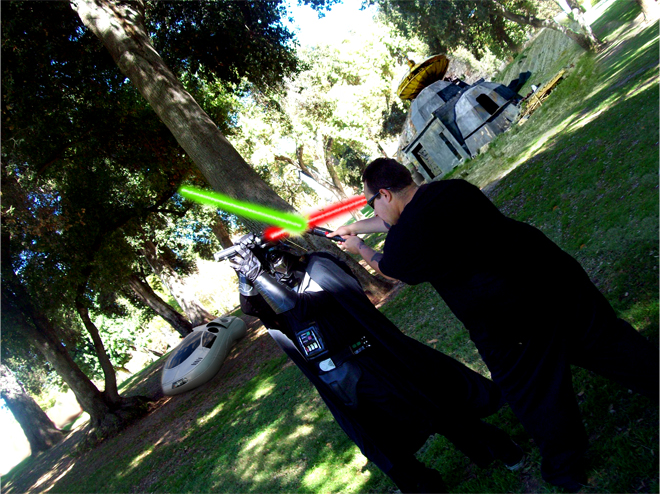 |
| Canted or Oblique angle http://fc04.deviantart.net/fs50/f/2009/308/6/b/Oblique_Canted_angle_Shot_by_Gene_G_Shadowwolf.jpg |
Camera Movement
1. Pans
Panning is when the camera is scanning a scene horizontally. Normally the camera will be placed on a tripod and be spun around to see the surroundings. |
| Panning Diagram http://photodoto.com/wp-content/uploads/2006/05/panning_diagram.jpg |
2. Tilts
Tilting is similar to panning although tilting is when the camera is moving vertically.
A Dolly shot is when the camera is placed on a moving vehicle and is following a subject. This shot can be used in Action or Thriller movies. It is good for showing movement or a chase scene.
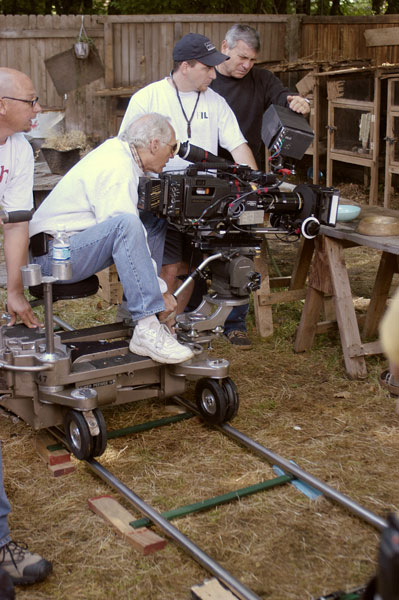 |
| Dolly Shot http://www.benji.com/production/gallery/dolly_puppies.jpg |
4. Hand-held shots
A Hand-held shot is when you are holding the camera and filming something (not having it on a tripod). |
| Hand-held Shot http://fourthlinefilms.files.wordpress.com/2010/08/randy-hand-held.jpg |
5. Crane Shots
A Crane shot is where the camera is on a crane and is following something in the air, for example, the camera could be following a helicopter or a balloon floating away.| Crane Shot http://cogitotv.com/wp-content/uploads/2008/12/crane-shot.jpg |
6. Zoom Lenses
Zooming is the optical lenses in the camera which change smoothly and slowly from a long shot to a closeup or extreme close up shot. |
| Zoom Shot http://iphoneindia.gyanin.com/wp-content/uploads/2009/04/camera-zoom.jpg |
7. The Aerial Shot
An Ariel shot is a shot which is like a crane shot or a dolly shot but from even higher - on a helicopter or airplane.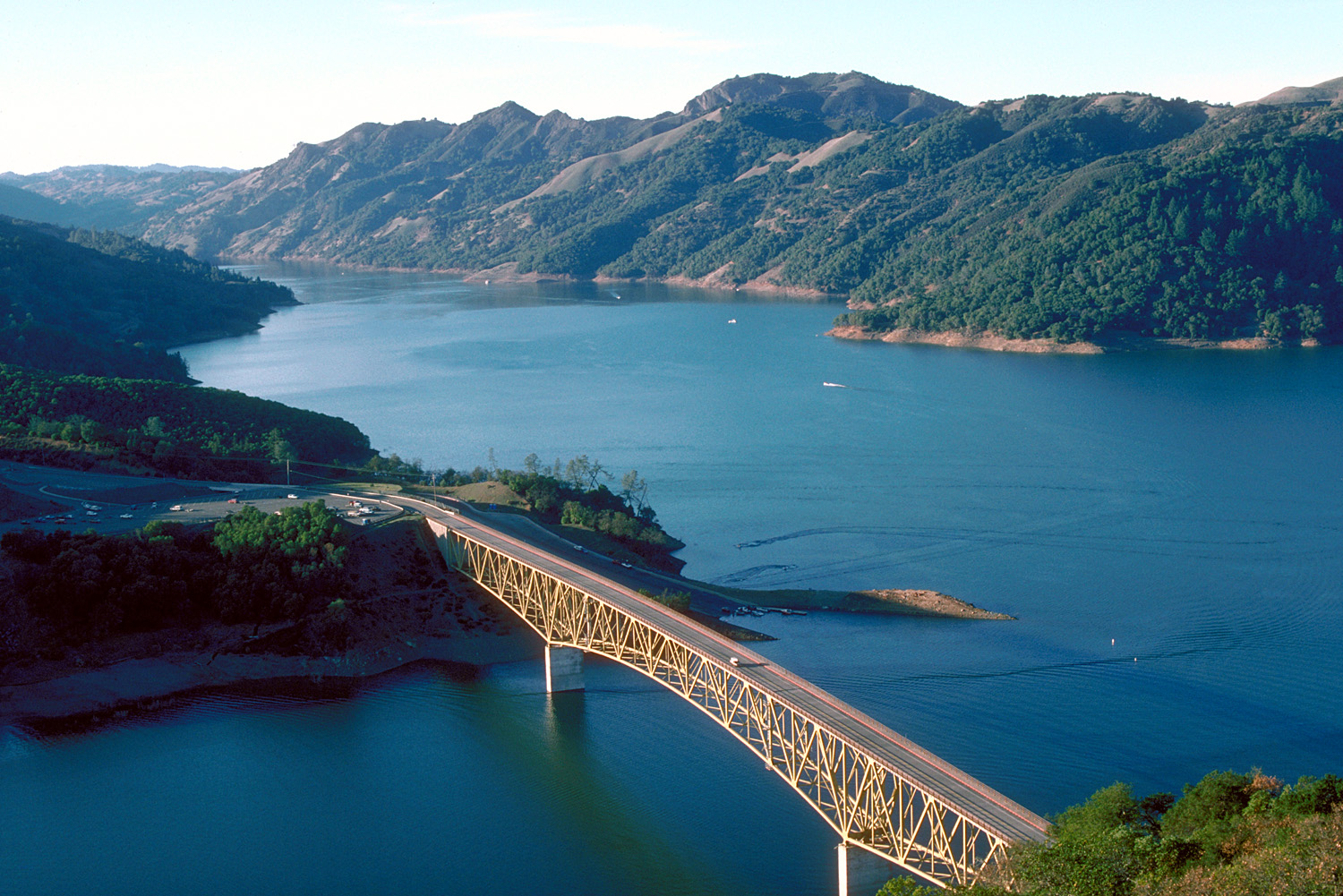 |
| Aerial Shot http://upload.wikimedia.org/wikipedia/commons/3/36/Sonoma_Lake_aerial_view.jpg |
No comments:
Post a Comment